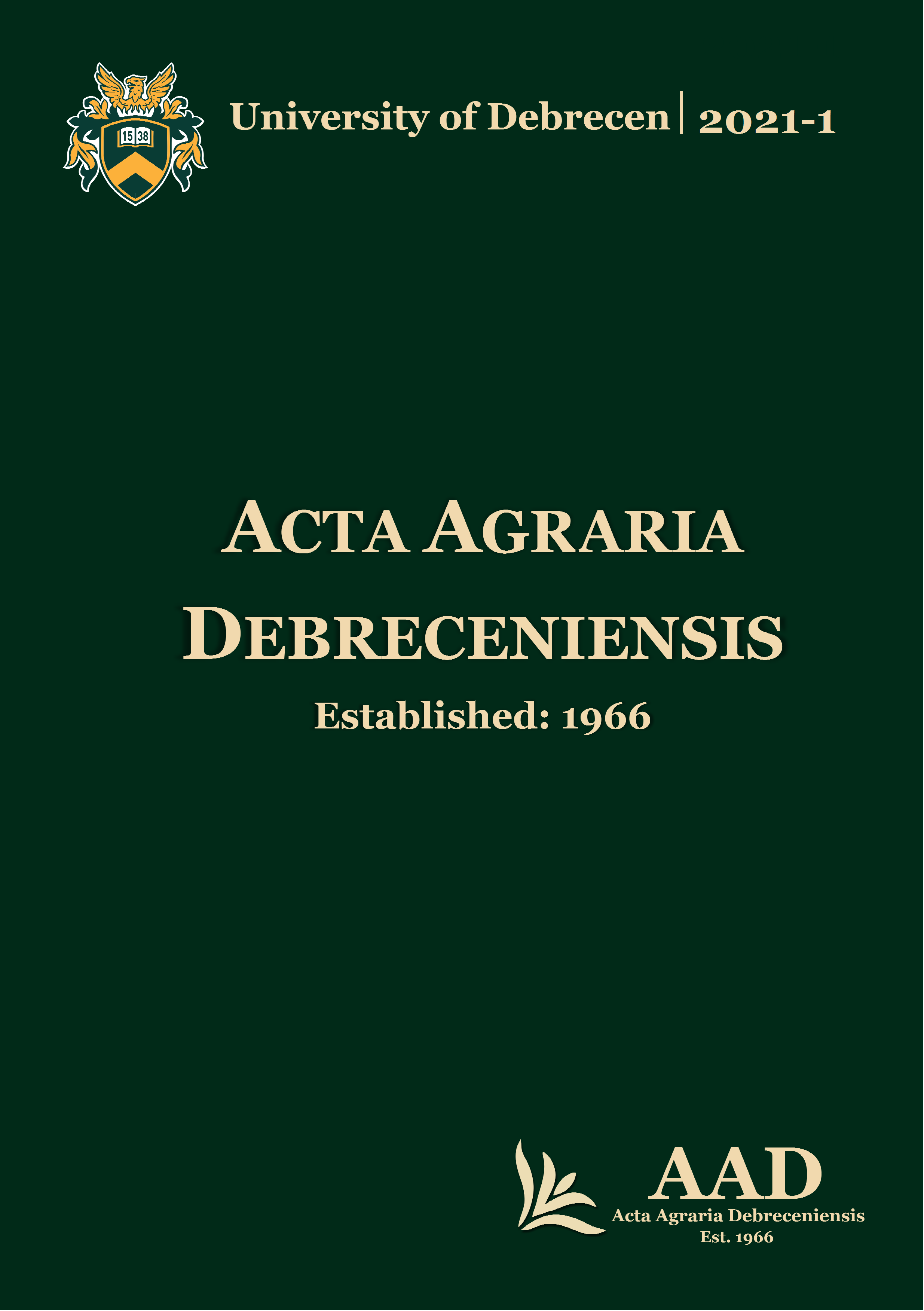Comparison of chemical parameters of enzyme active and inactive malt types
Authors
View
Keywords
License
Copyright (c) 2021 by the Author(s)

This work is licensed under a Creative Commons Attribution 4.0 International License.
How To Cite
Accepted 2021-03-25
Published 2021-06-01
Abstract
Nowadays there is an increasing emphasis on the use of raw materials. Typically, raw materials – in this study malt – are used in animal feeds and used in the brewing industry. However, in terms of quality (eg. high fibre content), these can be included in human nutrition, we have limited information on this possibility. The aim of our work was to compare different malt flours and examine the possibility of using malt in the baking industry. We were to investigate some of the most relevant parameters, such as dietary fibre content, crude protein content, fat content, carbohydrate content, dry matter content, moisture content, salt and energy content. In the future, we aim to conduct a research on some of these parameters with different malt types as the brewing industry uses novel ingredients different cereals, pseudocereals such as amaranth (Amaranthus spp.), oat (Avena sativa L.), quinoa (Chenopodium quinoa Willd.) in addition to the spring barley (Hordeum vulgare L.) or wheat (Triticum aestivum L.). Based on brewing studies, malt has a high fibre and protein content. Having these advantageous qualities, malt should be part of humans’ healthy diet. Using malt flour in the baking industry can be a new direction which can lead to creating a healthier lifestyle and healthier eating habits than suggested by the WHO (World Health Organization).

 https://doi.org/10.34101/actaagrar/1/8671
https://doi.org/10.34101/actaagrar/1/8671